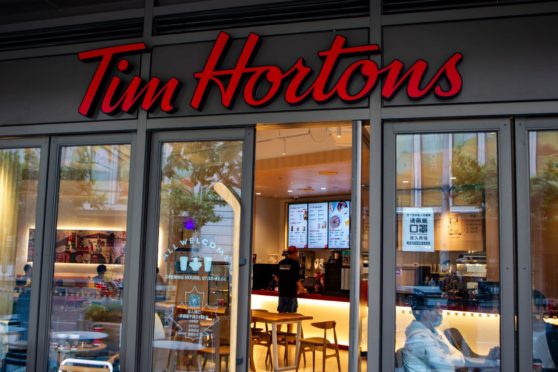Councillors in Dundee defied planning officers and refused to grant permission for a drive-thru coffee shop to be built near the Kingsway.
The application from Canadian firm Tim Hortons was rejected amid concerns the site at the New Craigie Retail Park would draw shoppers away from the city centre.
Council officers had stated that planning permission in principle had already been granted in 2017 for several units and advised that members of the planning committee could only lay down conditions on matters such as infrastructure.
However, an amendment by councillor Richard McCready to refuse permission was passed by 13 votes to five.
Councillors rejected similar plans by Tim Hortons in November last year under a different type of planning application.
Critics accused the company of using the 2017 permission as a means of circumventing planning procedure at the committee meeting on Monday night, but councillors were told the firm was within its rights to apply in such a manner.
In his amendment, Mr McCready said: “The applicant has failed to demonstrate that the proposals would minimise the need to travel by private car and result in an unacceptable increase in traffic.”
Another councillor Christina Roberts described the application as an “unusual” one.
Why do the different types of application matter?
Gregor Hamilton, head of planning economic development, told the committee: “Planning permission in principal was granted in 2017 and that gives the option for applicants to submit two types of applications.
“They could either submit a full planning permission and by doing so that is an application that can be considered afresh and considered on its own merits. That’s what the applicant chose to do with the previous proposal that was considered in November 2020.
“The other route that is available to the applicant is to submit what is called an approval of matters specified in condition application.
“Because of that direct relationship that exists between the application and the decision the planning committee took in 2017, those matters of principal have been established and that will be taken into consideration… should the committee refuse planning permission it would be something that is likely to be taken into consideration should the applicant also seek to appeal that decision.
“I think a reporter looking at this would question the decision to refuse if the grounds of refusal are relating to the principal of this use on this site.”
Tim Hortons submitted an appeal against the November 2020 rejection with the Scottish Government, but that case is currently on hold because of lockdown.
